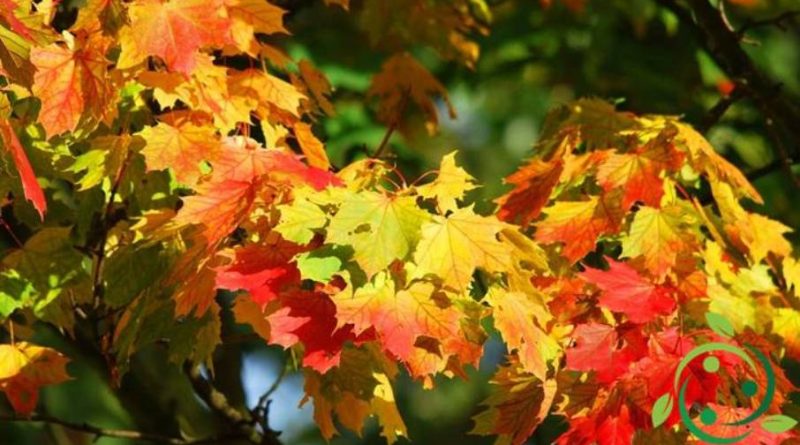How to grow Maple
How to grow Maple
The maples are tree species, or even shrubs, of interesting use for ornamental purposes. It is a genus that includes at least 150 species, coming from all over the northern hemisphere, especially from Europe, North America, Asia. They are often deciduous plants, with opposite leaves almost always lobed, only rarely pinnate. They have small flowers, which have a characteristic scent a bit ‘sweetish, collected in panicles or corymbs placed at the axils of the leaves or even at the apex of the jets. Among these we remember: Acer saccharinum, Acer platanoides, Acer palmatum, Acer opalus, Acer negundo, Acer monspessulanum, Acer pseudoplatanus and Acer cappadocicum lobelii.
In addition, the Maples are a beautiful group of plants with a bark of high decorative value, either for the red-copper or streaked color, both for the prerogative of flaking off in strips and curls. Excellent, therefore, in winter.
In this sheet we will see how to grow the maple by putting into practice all the most useful and necessary devices.
However, it is necessary to take into account the great quantity of forms and bearings, which make this category of ornamental trees one of the most important and important in the formation of gardens of medium-large surfaces.
In general, the use of maples only brings positive effects on the environment and has no counter-indications. Also interesting is the autumn coloring of many maples that is not less than that of all the other kinds of trees known for this prerogative: as Liriodendron, Fagus, Liquidambar etc.
In addition, the spring inflorescences, which are small, but very graceful and abundant, almost always bloom at the end of winter, when the foliage has not yet fully developed.
In choosing the Map it will be necessary to take into account, of course, its dimension to understand in which area it can be placed. In addition, Eastern Maples are among the most beautiful and best suited plants for growing bonsai: in addition to the already known “Japanese”, A. buergerianum, A. tataricum and A. griseum are recommended.
However it must be said that the cultivation of maples is very easy, because they are rustic plants that require little care. In general, they prefer a well-drained, but constantly humid soil: this allows the shrubs to develop better, compared to poor and dry soils. Also before buying the plant make sure it is suitable for the pH of your soil; in fact the nature of the soil changes according to the species: some maples grow well with a pH tending to the alkaline, while others prefer a certain acidity.
As for the winter temperature there are no particular problems, as most species of Western Maples resist well up to -20 ° / -25 ° C. A little less rustic are some lesser-known eastern maples, for which winter protection is needed, especially in climatically more rigid areas.
The most suitable exposure in which the maples are to be cultivated is in full sun or, in warmer areas, in partial shade, keeping in mind the rule that the more intense the sunnier the soil must be kept. Furthermore, it should be remembered that generally the variegated leafy varieties tolerate less prolonged exposure to sunlight.
As for irrigation, the Maples need it when the plant has been planted recently, but it should be noted that the excess of water is at least as harmful as its lack.
Also an indication for fertilization. This should be provided, using possibly mature bovine manure, in the hole before implantation. For periodic fertilizations, the suitable period is always the one at the end of winter, always with organic substance to be mixed with light processing in the first soil layers.
Finally the pruning technique. The pruning of the maple is essential only if you want to give a beautiful shape to the specimen. In this case, the operation must be done during the period of full growth, to ensure that the wounds heal quickly.

